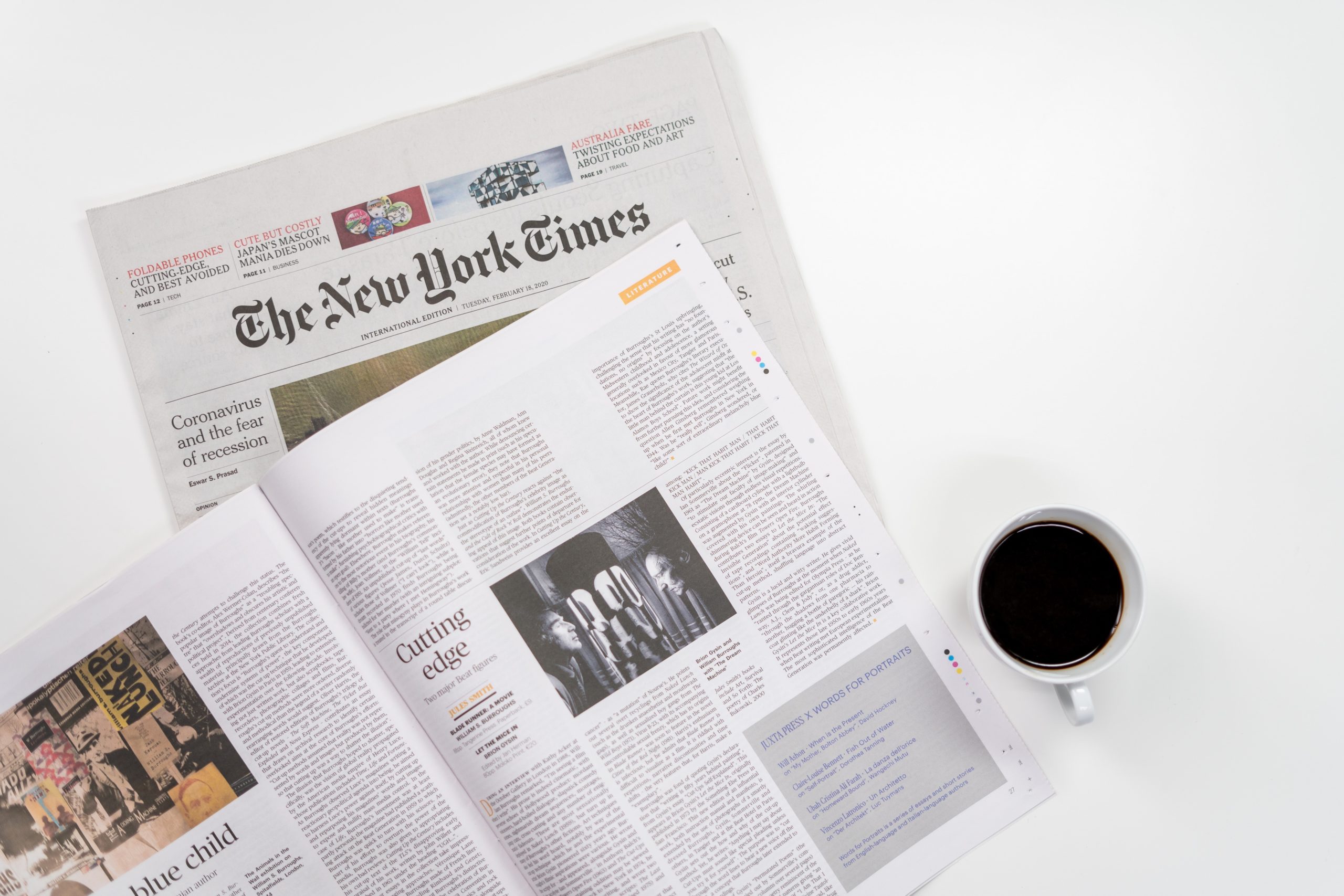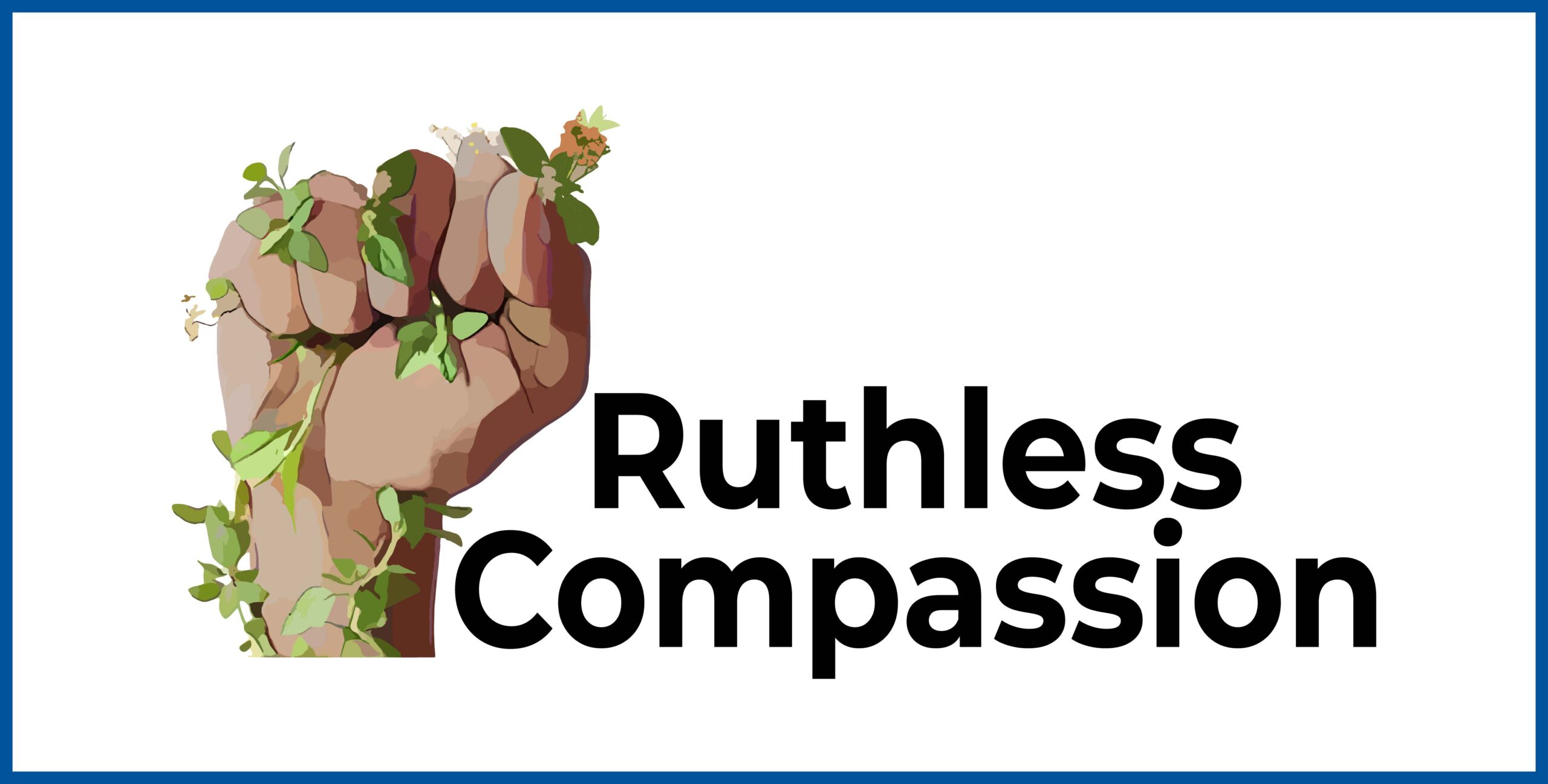I’ve been thinking about how it’s human nature to see what we want to see and ignore anything that goes against our expectations of how things ought to be, or how we want things to be. We’ll miss something that’s staring us right in the face if we don’t want to see it.
In my office, my patients always come in and walk toward the chair they’re going to sit in, and then they turn around to face me. On the wall, just behind their chair, in full view as they’re entering, is a large, colourful painting that practically screams, “Notice me!” But almost no-one sees it.
Everyone who’s walking into the office is getting ready to do a therapy session. Their vision is narrowed: they see the chair, but not the big flashy painting on the wall behind it.
I can’t tell you how many times someone eventually said to me, “That’s an amazing painting. How long has it been there?” and how many times I’ve replied, “Since I opened the practice.”
There’s something my old friend who studies linguistics has described to me. It’s called “repair theory,” and it’s a tendency to read a written sentence and miss the errors. Our brains will read the sentences as though they were written correctly, and not see the typos right in front of our face.
There are other, more scary ways that we don’t see. For example, a marriage that’s showing signs of trouble. The wife is becoming cold, withdrawn and quiet. The husband ignores these signs, and then when his wife finally asks for a divorce, he’s upset but not surprised, remembering everything that he’d been refusing to see.
In another scenario, a boyfriend is showing signs of a bad temper, but his girlfriend ignores these signs because they’re not what she wants to see. When he hauls off and hits her one day, she’s devastated but not shocked, as all the information had been there in the form of subtle and not-so-subtle signals, and she realized that she’d been refusing to see it.
Sometimes a man will experience tightness in his chest while resting, and shortness of breath when he’s climbing the stairs. He won’t consider the possibility that he has a health problem, so he carries on as if nothing was happening until he ends up in the hospital with a massive heart attack. When the cardiologist asks, “Did you notice any symptoms, beforehand?” he has to admit, “Yes, but I ignored them.”
A sad example of this tendency to dismiss what we’re seeing is a story I heard about a young girl. She was sexually abused by a male relative over a period of years, right under the nose of her mother, who was in denial about this man’s frequent visits to her young daughter’s bedroom. The mother didn’t want to see what was happening to her child, so she allowed the abuse to keep on happening.
Worse yet, is the story of a woman whose abusive ex-boyfriend came to her apartment one evening, saying that he needed to talk. The woman refused to see that her ex was capable of violence, so she let him in and he then killed her and her younger sister, who was also living there. Choosing not to see what we don’t want to see can sometimes have fatal consequences.
Human nature is fascinating. Whether it’s words on a page, pictures on a wall or evil in our midst, too often we choose to see not what’s right there, but what we hope or expect to see. Often, the warning signs of trouble are all around us, there to help us, if only we’d choose to notice them.
On many occasions in history, citizens didn’t want to see that their leaders were corrupt or misguided, and ended up experiencing horrors because of their denial. Today, too many people convince themselves that climate change doesn’t exist, because they don’t want to face the possibility of a coming environmental disaster that could have a catastrophic impact on human life.
There’s always a conflict within us over the warning signs of trouble bombarding our attention, and what we’d rather see. We’re intelligent and yet so often, our choices are driven by how we think things ought to be, and not by the truth that’s staring us in the face.
We look at people and see the qualities we hope to see in them, not the actual character traits they’re exhibiting, and then we suffer the consequences of our willful blindness.
I’m not immune to this myself. I can think of many times when I ignored what I saw in a person or a situation. Initially, it seems so much easier to see what we prefer to see, rather than face the unpleasant truth of what’s actually there. Still, what I’ve realized is that no matter how difficult it is to acknowledge the signs of trouble in our relationships or environment, it’s always better to do so.
There’s an old proverb that goes, “There are none so blind as those who will not see.” Fortunately, it’s not inevitable that we stay blind; we can start paying attention to all the subtle and obvious signals bombarding our attention, every day. We can choose to start seeing what’s in front of us and gain a significant advantage over those who continue not to see.
It can be uncomfortable, even painful to see what’s really there, but as they say, “The truth shall set you free.” I’d add that facing the truth will set you apart from the average person in how much pain you can avoid, down the road, and ultimately, in how successful you can be.
Sign up here for my free biweekly wellness newsletter that brings you fresh, thought-provoking content.
Subscribe to my YouTube Channel to watch my series Moving into Autumn with Good Self-Care, where you’ll learn simple tips for taking the best care of yourself and your loved ones this fall season.
Tune in to my Ruthless Compassion Podcast where I go in-depth about topics like mental health, trauma, and loneliness.



